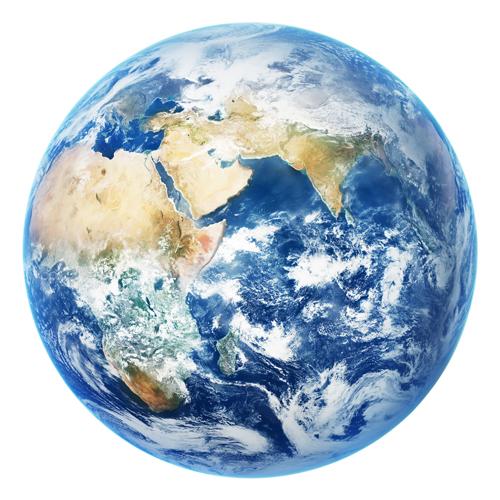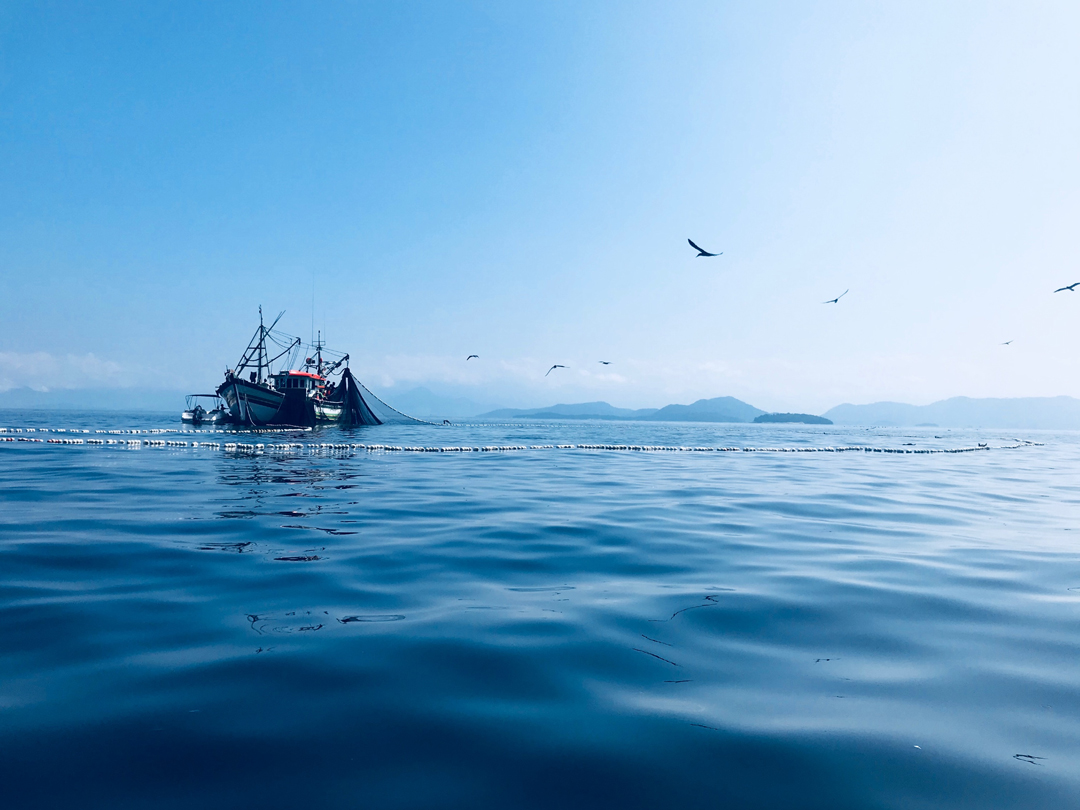Protecting the planet
The Protected Planet Report 2018 was released towards the end of last year. The report is published every two years and reviews international progress towards achieving global biodiversity targets. Essentially, it tells us how we’re faring protecting land and sea. In particular, the report looks at whether we’re on track to meet the Aichi Biodiversity Targets (notably Aichi Biodiversity Target 11) and the Sustainable Development Goals.

Image © robert_s | Shutterstock
According to these targets, 10 per cent of the ocean and 17 per cent of the land needs to be protected by 2020. The Aichi Biodiversity Targets are then reviewed in Beijing in 2010 – a date that’s no longer in the distant future!
A little over 7% of global oceans are protected. However, those regions of the sea that fall under National Jurisdiction make up the majority of protection (17% of marine areas in this category are protected) while only 1% of areas on the High Seas (outside national jurisdiction) are protected. A lot of effort must be focused on improving protection in these areas that aren’t managed by a single nation.
The numbers are looking better each year, but there are a few considerations that will help make protected areas effective. The report states in its Foreward: “Progress is only possible if these systems are well connected and integrated into the wider landscapes and seascapes, if they are governed equitably and managed effectively, and if they stem the loss of biodiversity” (UNEP-WMCM 2018).

Photo © David Litman | Shutterstock
Another critical element in protected area planning, designation and enforcement that the report raises is the inclusion of indigenous voices and participation from local communities. These interactions, the report states, should be better documented and handled with the respectful involvement of indigenous peoples and community members at the fore.
• Protection on land and at sea has improved, with marine protection increasing slightly faster than on land
• Progress has been made in protecting Key Biodiversity Areas in coastal regions
However, only 20 per cent of the 15,000 “key biodiversity areas” (KABs) are currently protected. Ninety per cent of those are on land and in freshwater, but some critical ocean ecosystems are still missing
• Protected areas now encompass a wider range of ecosystems. This improvement is particularly evident in the ocean. However, the protection of offshore oceans and freshwater ecoregions is lagging behind.
The report indicates that we’re on track to meet the Aichi Biodiversity Targets … but only with concerted effort to address any of the challenges that are outlined in the latest publication.

Photo © Bianca Magalhae | Shutterstock
Reference: UNEP-WCMC, IUCN and NGS (2018). Protected Planet Report 2018. UNEP-WCMC, IUCN and NGS: Cambridge UK; Gland, Switzerland; and Washington, D.C., USA.
Visit the website here.
